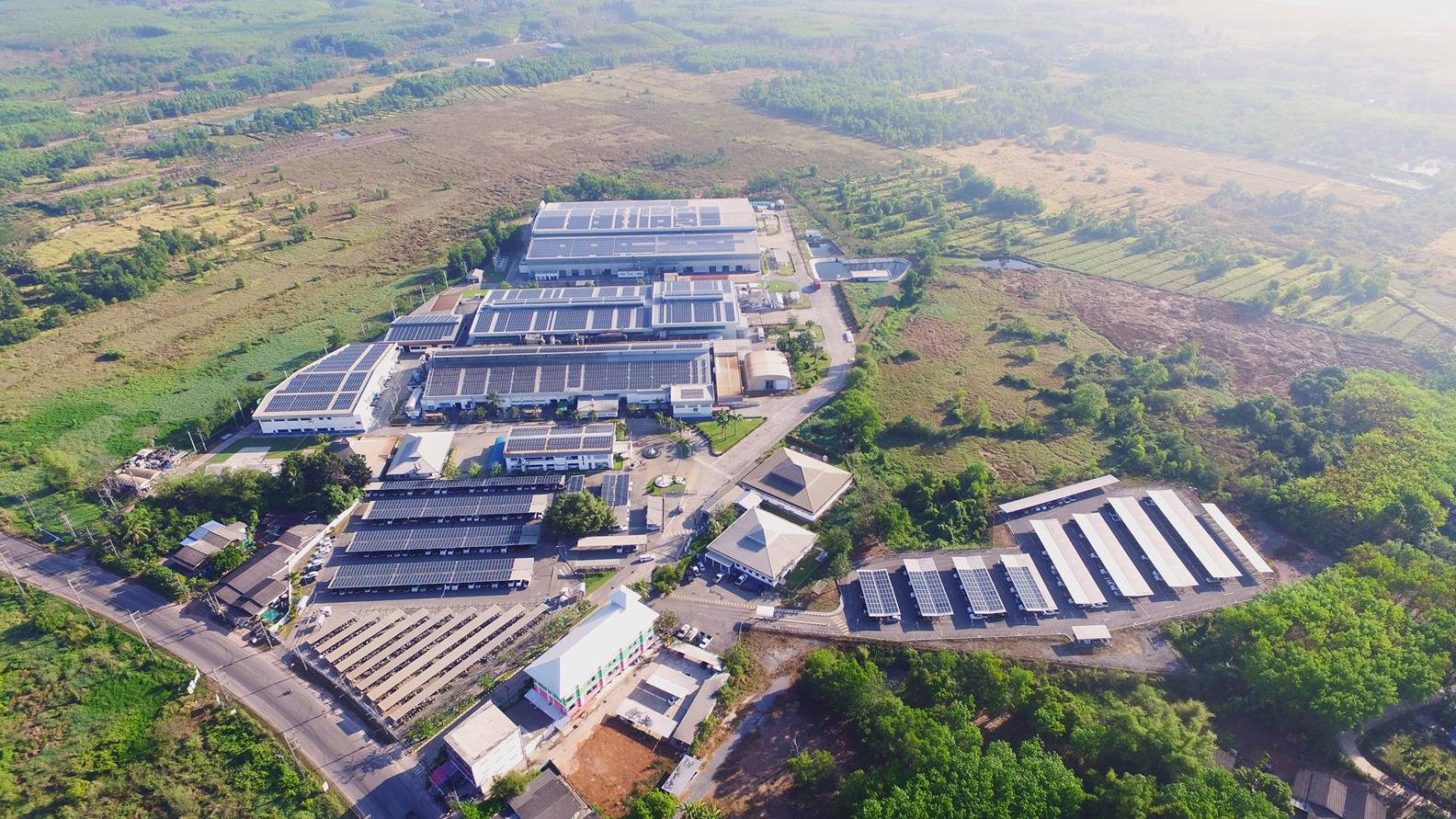Limiting Emissions
Commitment to CO2 reduction
It´s in the news everyday: Temperatures are constantly increasing; sea levels are rising, and glaciers are melting. Needless to say, these developments have a major impact on our lives. As CO2 emissions are one of the main drivers for climate change, LIXIL’s international fittings plants have committed to become CO2-neutral: Since 2020 all eight LIXIL fitting plants in Hemer, Lahr, Porta Westfalica (Germany), Albergaria (Portugal), Klaeng (Thailand), Jiangmen (China), Danang (Vietnam) and Monterrey (Mexico) as well as the German logistics centres of the GROHE brand are CO2-neutral. In 2021, the GROHE outbound logistics became CO2-neutral. All fittings plants and German distribution centers switched to green energy. To reduce the carbon footprint year by year, defined KPIs are to follow.

The sanitary brand offsets so far unavoidable CO2 emissions through three compensation projects: one hydro power plant in Georgia and two wind power projects in India. These projects are based on extremely stringent criteria, such as the Gold Standard, developed under the aegis of the WWF.
The Chorokhi Hydro Power Plant in Georgia
The Chorokhi Hydro Power Plant Project generates approximately 410.8 GWh of electricity annually. This reduces the need for thermal plants and cutting Georgia's CO2 emissions by 225,312 tCO2e. The project aims to demonstrate the viability of private hydropower, supporting energy security, improving air quality and local livelihoods, and promoting sustainable renewable energy development. Most of the electricity will be fed into Georgia's national grid, with some exported to Turkey, reducing their emissions by 197,933 tCO2e.

Bhesada and Mandsaur Wind Power Projects, India
As part of the Bhesada and Mandsaur Wind Power Projects, wind energy is generated and sold to the national power provider, which feeds it into the Indian power grid. Within the Bhesada project, approximately 189,075 tCO2e are saved each year. The project replaces 202,306 MWh of electricity per year from the energy mix of the power plants connected to the Indian grid, which generate electricity from predominantly thermal and fossil fuels.
The Mandsaur wind project replaces approximately 84,956 tCO2e annually, displacing 90,901 MWh/year of electricity from predominantly thermal and fossil fuel-based power plants.
